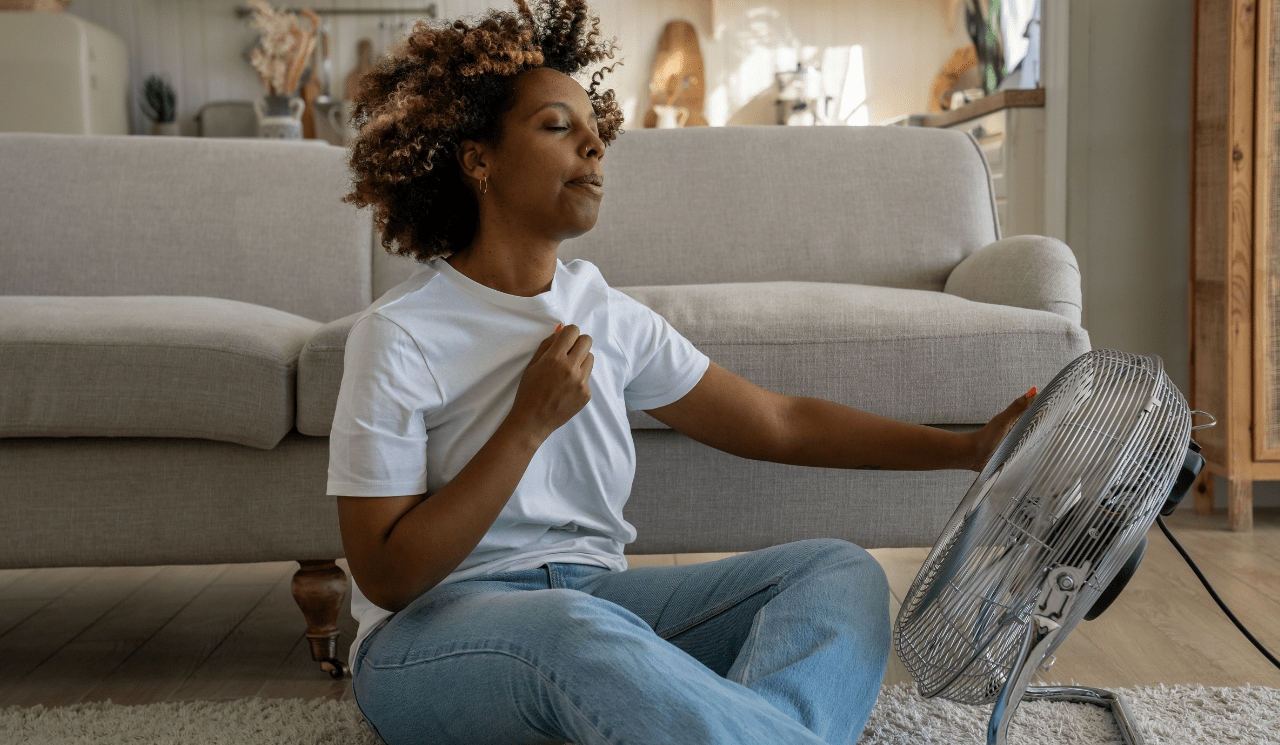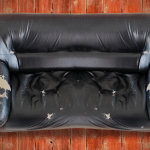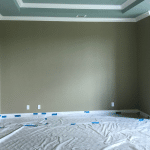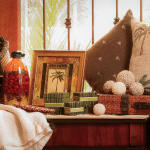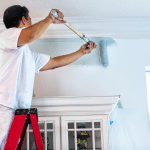We’ve all been there – stuck in the house as the scorching summer sun turns your once-comfortable home into a heat box. Whilst air conditioning provides relief, not everyone has AC in their home. Whether it’s due to the cost of affording to buy a personal air conditioner, or have a professional unit fitted to their premises, or the fact that where you live, summer is a short occurrence so the benefits of owning AC isn’t worthwhile when you only need it for a couple weeks throughout the year.
However, not to fear! There are various straightforward and cost-effective strategies to block out the sun and maintain a cooler indoor environment at home. In this guide, we’ll delve into a plethora of tips and tricks to help you beat the heatwave and savor a more pleasant living space. Whether you’re trying to save on energy costs or simply prefer a natural and eco-friendly approach, you’ll find valuable solutions to keep your home cool and comfortable this summer.
Use Reflective Window Films
When it comes to blocking out the sun, reflective window films are your secret weapon. These films are designed to reduce heat gain, glare, and harmful UV rays while still allowing a generous amount of natural light to filter through. By applying these films to your windows, you can effectively shield your home from the sun’s scorching rays.
Install Blackout Curtains or Blinds
Blackout curtains and blinds are specially crafted to do more than just darken a room; they are also great at blocking out heat. Available in various styles and designs, you can choose light-colored options to reflect more sunlight and further reduce heat transfer. If you want to maximize insulation, opt for heavy, thermal-lined curtains or blinds that are capable of blocking out both light and heat.
Seal Any Drafts
Before the summer heatwave strikes, take the time to inspect your doors and windows for gaps, drafts, and air leaks. These small openings can let warm air seep into your home and cool air escape, making it harder to maintain a comfortable temperature. Seal gaps and cracks with weatherstripping or caulk to create an airtight seal, ensuring that your home remains cool.
Use Light-Colored Roofing
If you have plans for roofing renovations, consider using light-colored roofing materials. Light roofs reflect more sunlight and heat, significantly reducing the amount of warmth absorbed by your home. This small adjustment can make a big difference in your home’s overall temperature during the sweltering summer months.
Create Shade with Outdoor Elements
The outdoor environment plays a crucial role in regulating your home’s temperature. Planting shade trees, installing pergolas, or hanging outdoor shades or curtains can provide natural shade to your home. These outdoor elements not only enhance the aesthetic appeal of your property but also block the sun’s rays, keeping your home cooler and more comfortable.
Use Indoor Plants
Certain indoor plants serve a dual purpose – they improve indoor air quality and create a cooler, more humid microclimate. Some plants, such as snake plants and peace lilies, release moisture through a process known as transpiration, which can help maintain a balanced indoor humidity level. Additionally, the presence of indoor plants can visually enhance your living space, making it more inviting and comfortable.
Cook and Use Appliances Wisely
Cooking and using heat-generating appliances during a heatwave can significantly impact your home’s temperature. To keep your home cooler, avoid using ovens and stovetops as much as possible. Opt for no-cook or microwave meals to avoid generating excess heat. If you need to use heat-producing appliances like dishwashers or clothes dryers, schedule their use during the cooler hours of the day to reduce the overall heat buildup in your home.
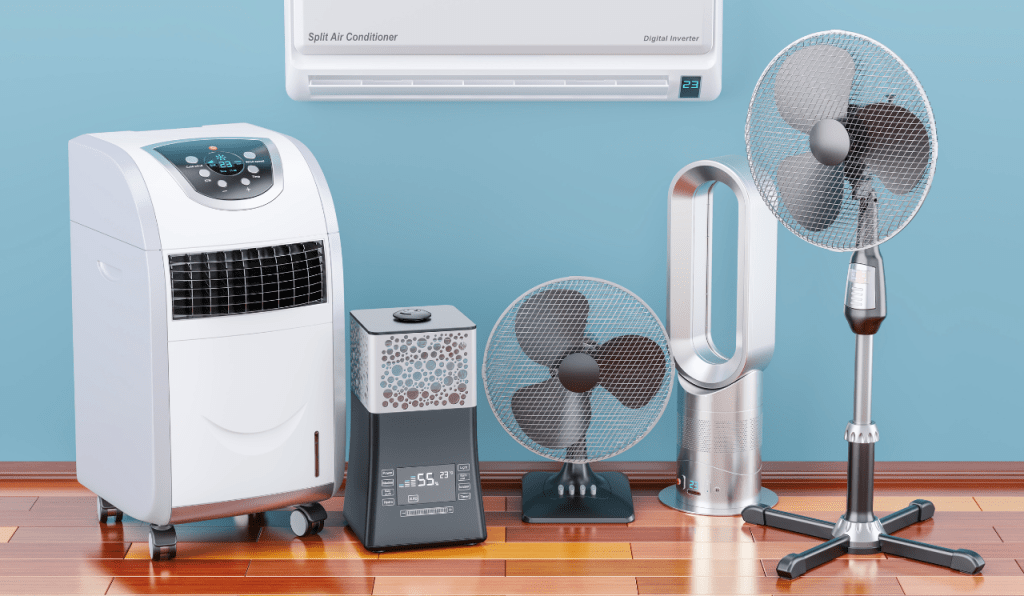
Use Fans Strategically
Ceiling fans and box fans are an efficient way to make a room feel cooler by circulating air. Proper fan use is key to maximizing their cooling effect. During summer, set your ceiling fans to rotate counterclockwise to create a cooling breeze that helps regulate the room’s temperature. Be sure to switch them off when you leave the room to conserve energy.
Open Windows at Night
Summer nights often bring cooler temperatures. Take advantage of this natural cooling effect by opening your windows at night. The cooler outside air can flow in, replacing the warm indoor air. Just remember to close the windows early in the morning before the sun becomes too intense to avoid heat buildup.
Invest in Insulation
Investing in proper insulation is a long-term solution to maintaining a cooler home. Well-insulated homes are more energy-efficient and capable of maintaining a stable indoor temperature. Insulating your home’s attic and walls can help keep the heat out during the summer and keep it in during the winter. By ensuring your home is well-insulated, you’ll not only stay cooler in the summer but also save on energy costs year-round.
Avoid Incandescent Bulbs
While incandescent light bulbs are known for their warm, inviting light, they can also emit a significant amount of heat. During a heatwave, switch to energy-efficient LED or CFL (compact fluorescent light) bulbs. These alternatives not only generate less heat but also use less energy, reducing both your cooling costs and your overall environmental impact.
Use Natural Ventilation
Natural ventilation is a time-tested way to cool your home without relying on air conditioning. To create a cross-breeze, strategically place fans near windows and doors. This setup encourages air circulation, helping to remove hot air from your home and replace it with cooler outside air. Proper placement of fans, combined with open windows, can have a significant impact on your home’s overall comfort during a heatwave.
Close Unused Rooms
If you have rooms that are rarely used, such as guest bedrooms or storage spaces, keep their doors closed during the summer. This simple step can help prevent cool air from being wasted on areas of your home that aren’t in frequent use. By focusing your cooling efforts on the rooms you use most, you can make the most of your energy and keep your home comfortable.
Stay Hydrated
While this tip may not directly affect your home’s temperature, it’s essential for staying comfortable in a heatwave. Keeping your body well-hydrated allows you to better tolerate higher temperatures indoors. Staying hydrated can help prevent heat-related illnesses and keep you feeling your best.
As the sun’s rays beat down, it’s essential to keep your home cool and comfortable during the heatwave. Whether you’re striving to reduce energy costs or minimise your environmental impact, the solutions provided in this comprehensive guide offer a range of options to keep your living space cool and enjoyable.
By implementing these tips and tricks, you can maintain a comfortable indoor temperature and make the most of the summer season. Embrace the power of natural cooling methods and relish a cooler, more refreshing home throughout the hot summer months.

